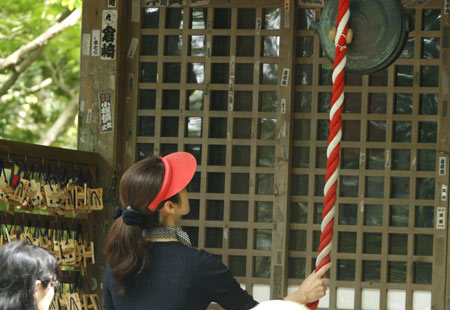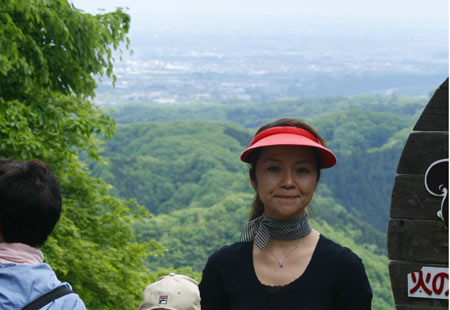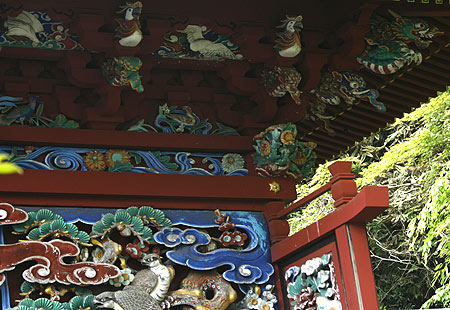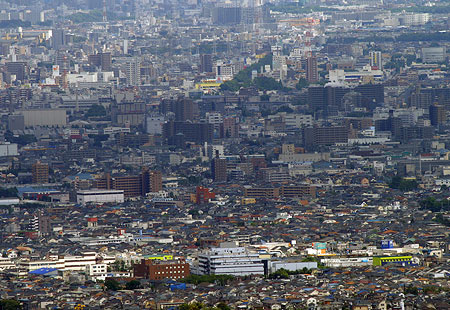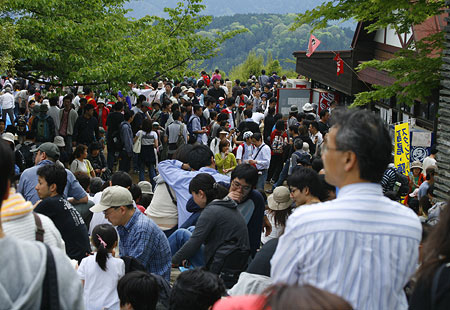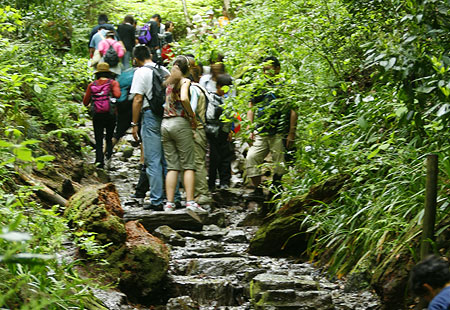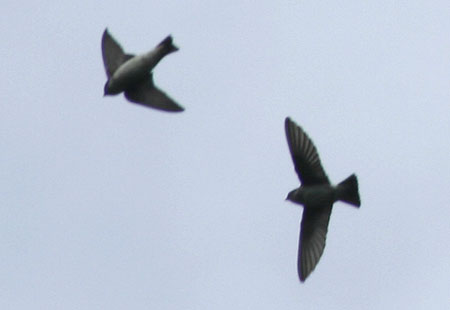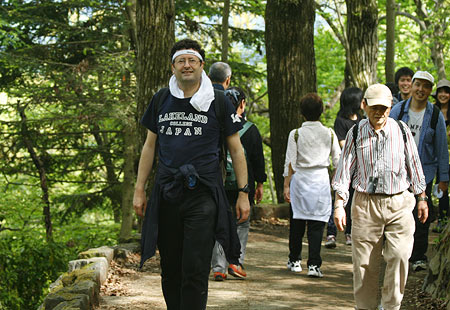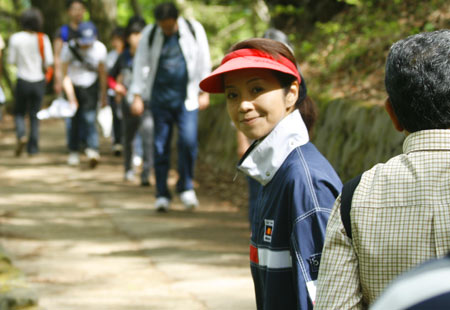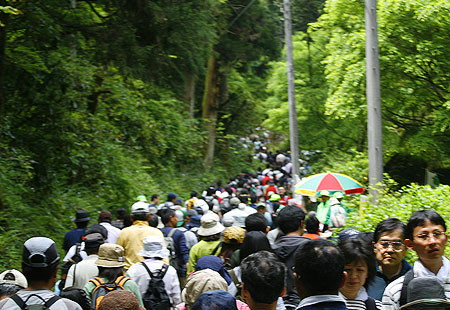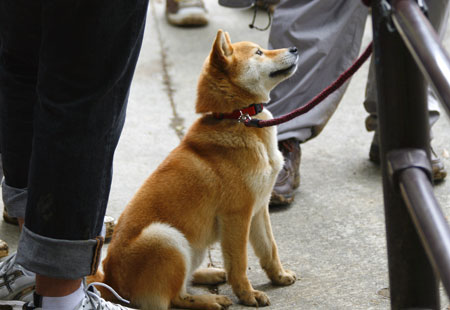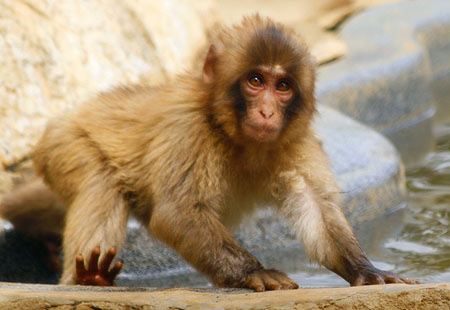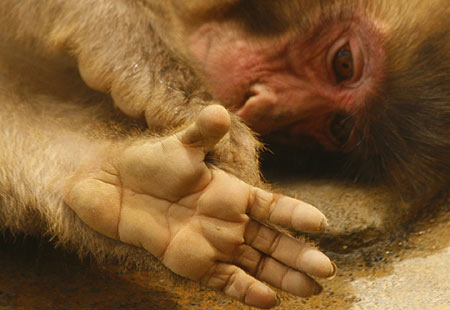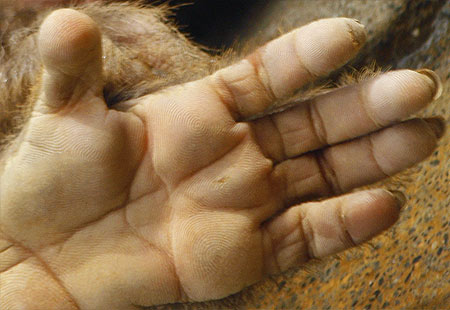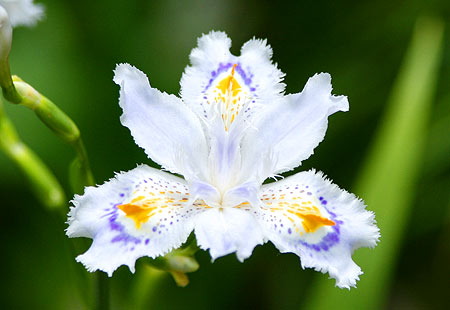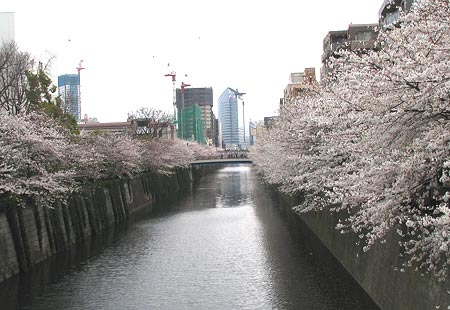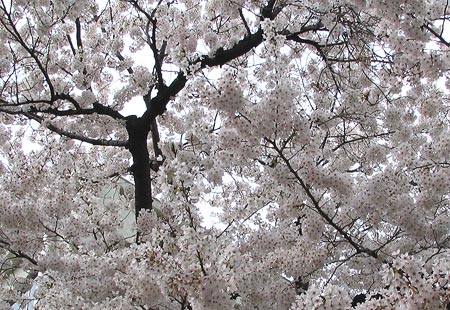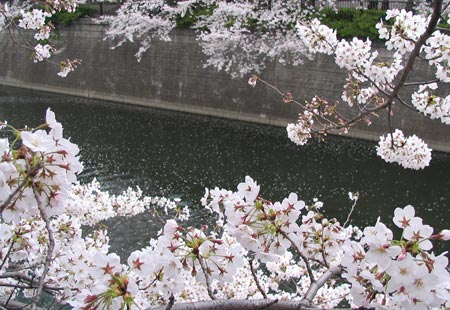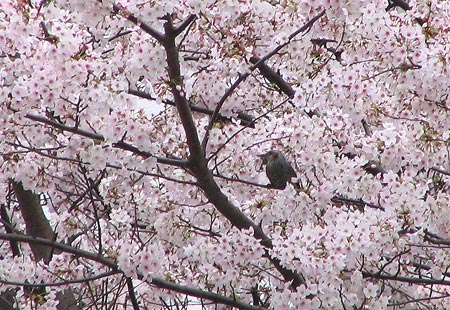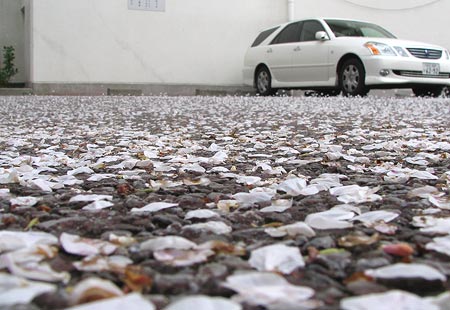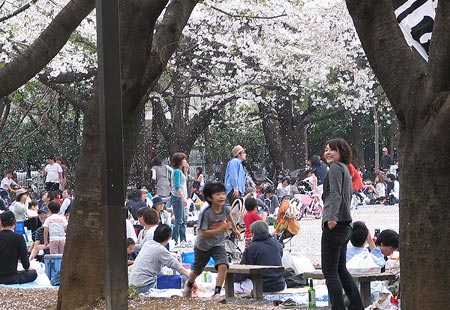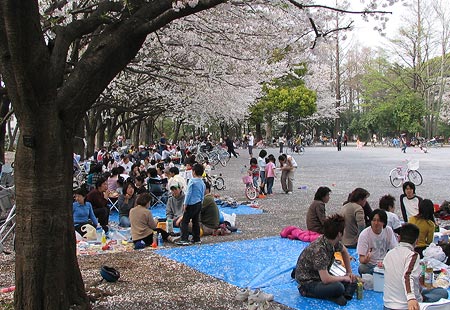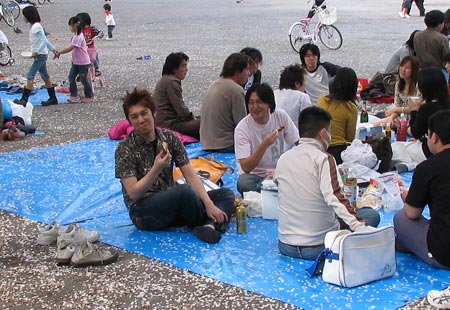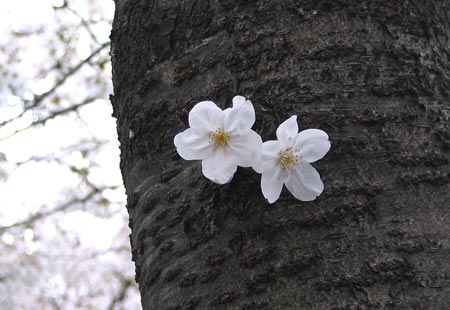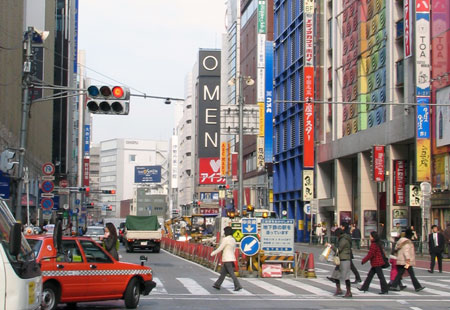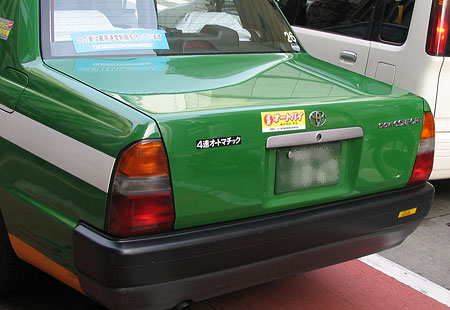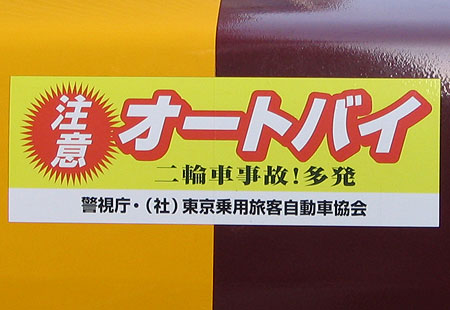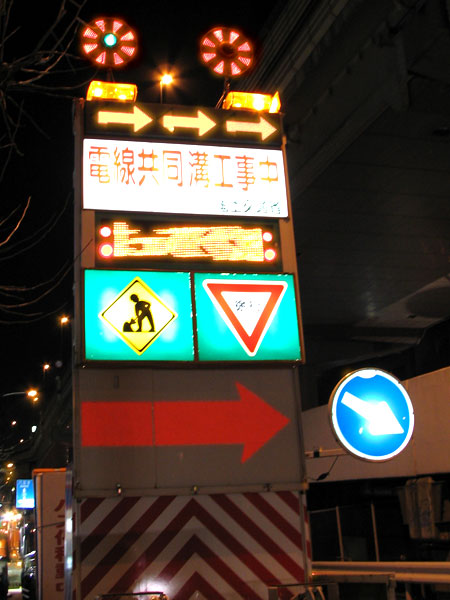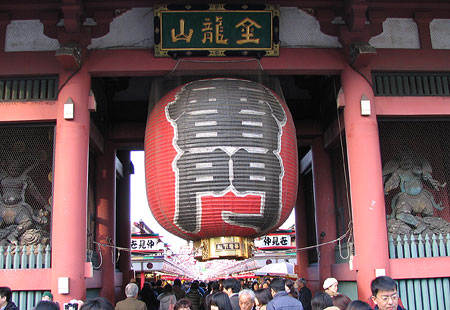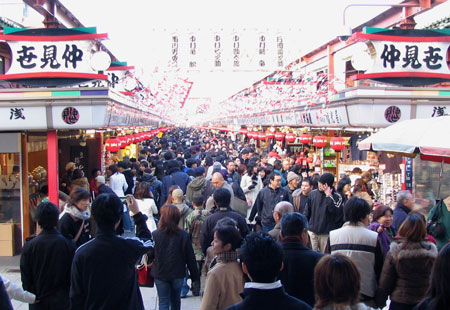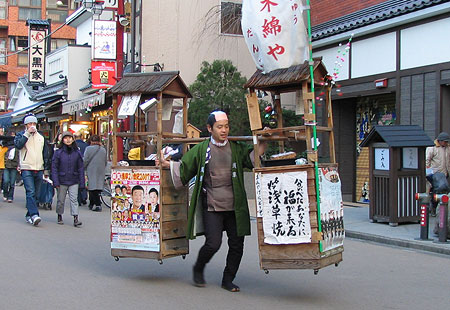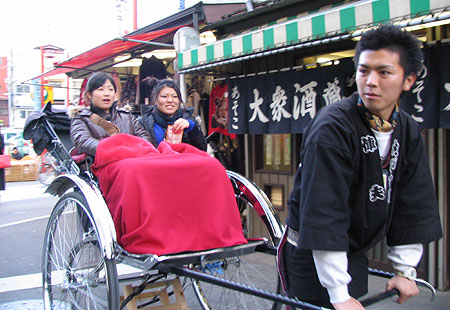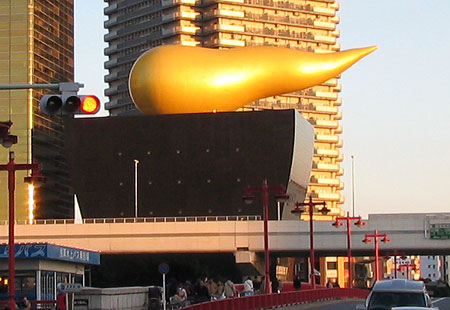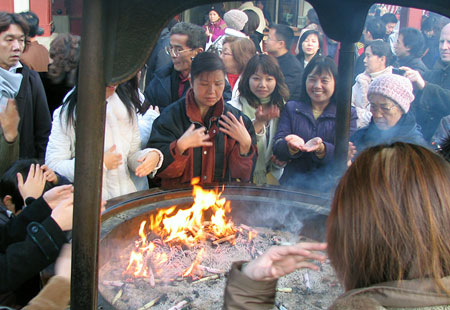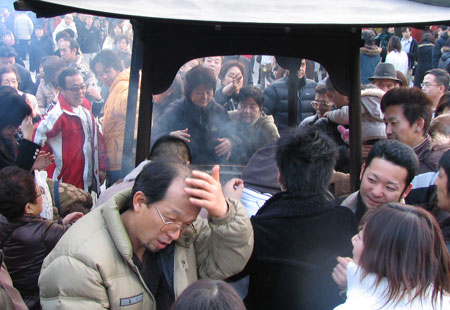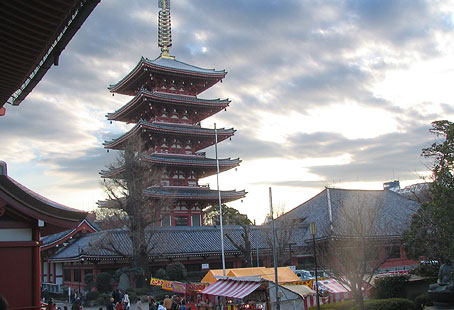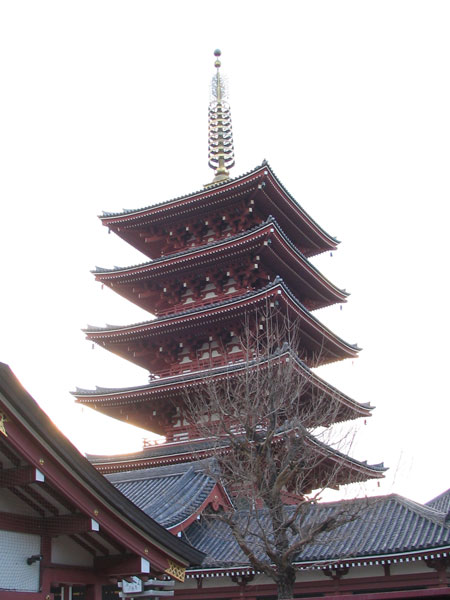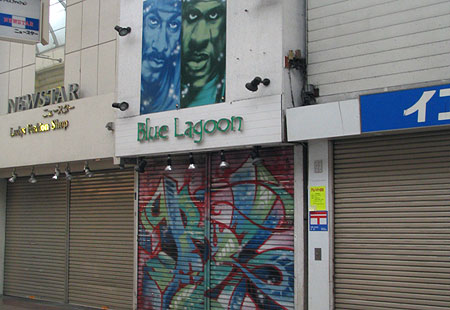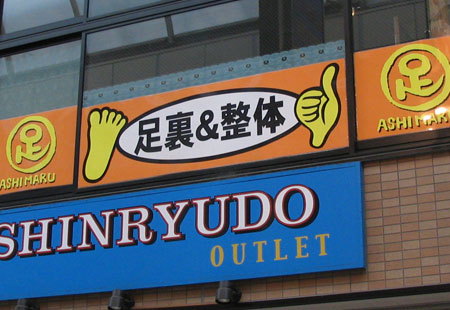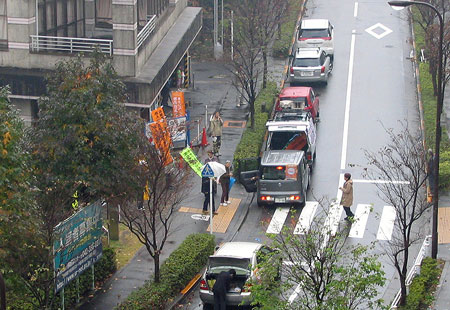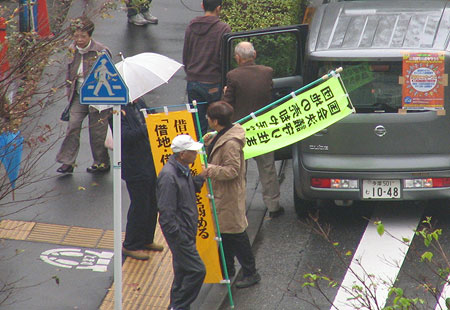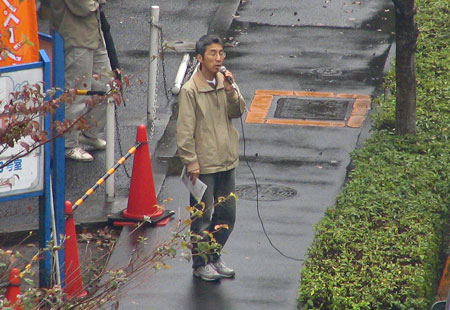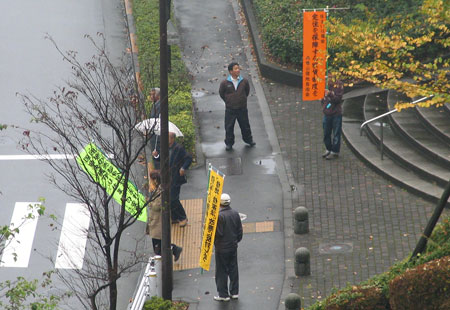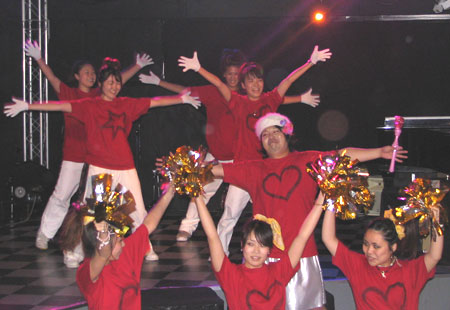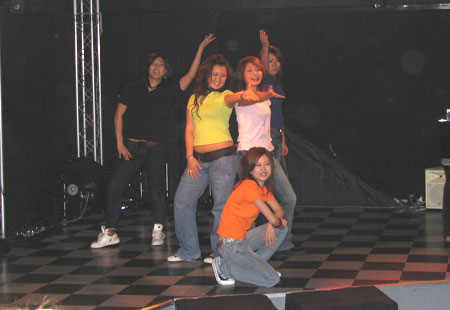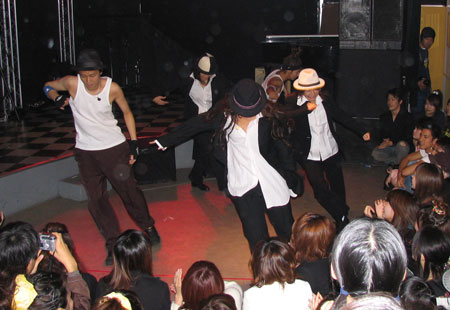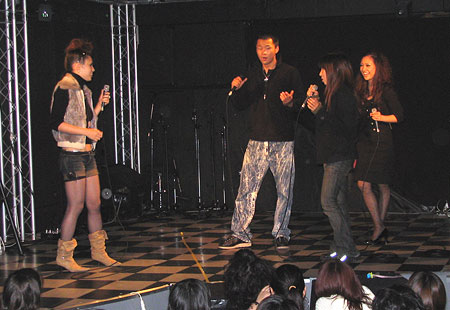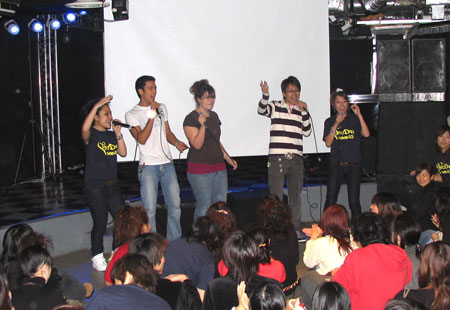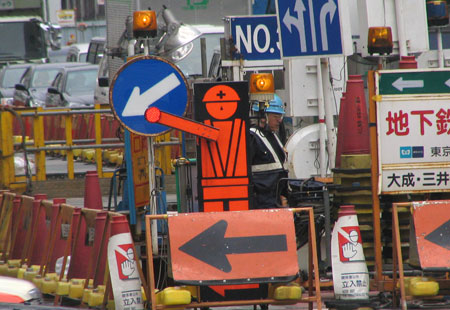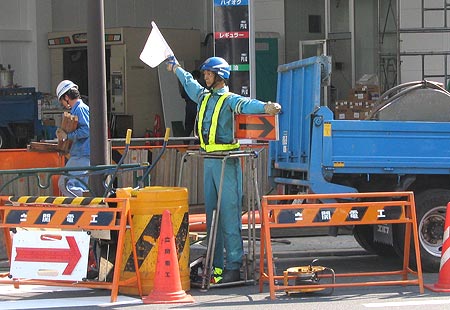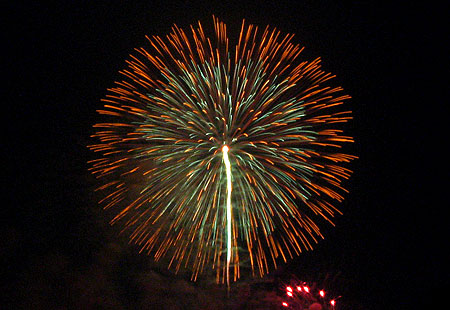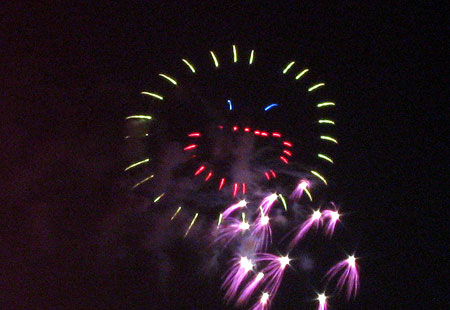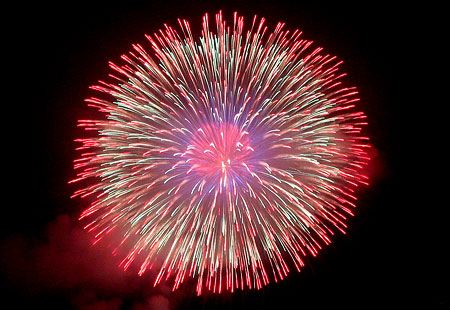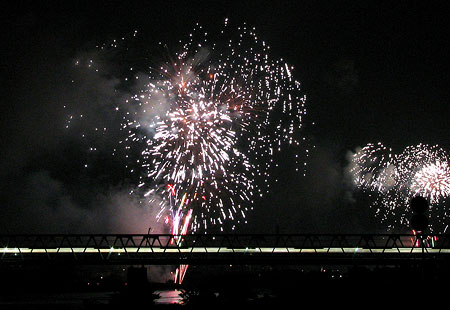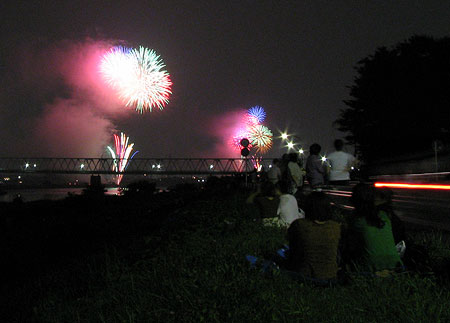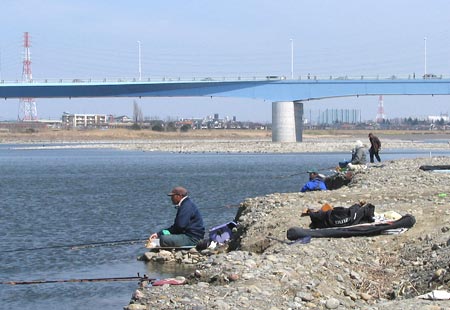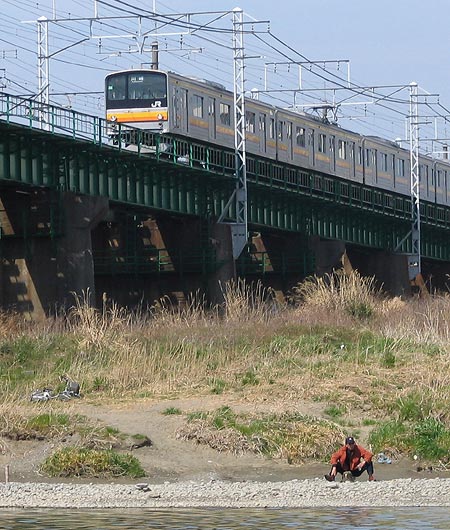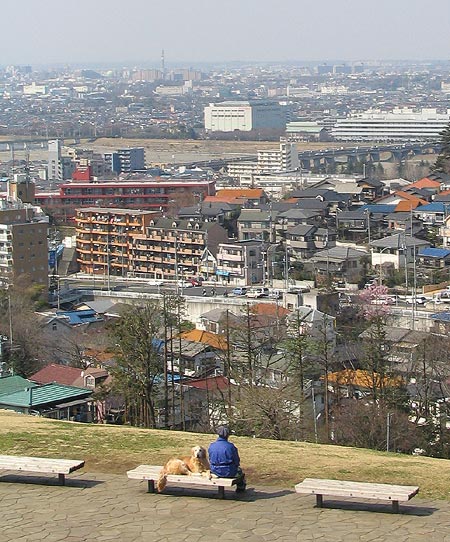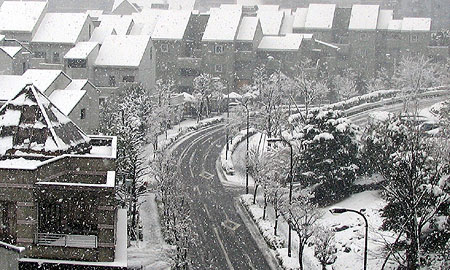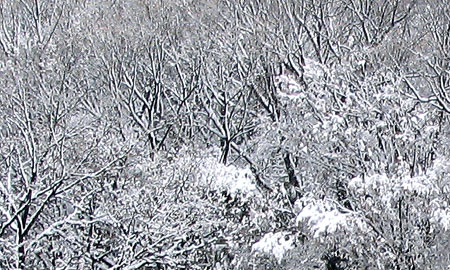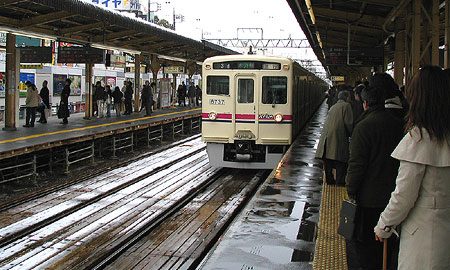Well, that’s quite the strange experience.
I got a phone call not two hours ago from the police. I didn’t know it was them until a bit later, as they didn’t use the word “keisatsu,” the one I know. But I could tell it was someone who worked for city services in some manner. They told me that my scooter was found abandoned in a nearby park, about a quarter of a mile from where I live; someone had found the insurance papers.
That gave me a start. I just bought a new scooter a year ago, and it’s a nice one, too. My immediate fear was that I had left the key in the ignition–something I have been known to do–and that someone had taken it for a joyride. But the guy on the phone told me that the scooter was beyond broken. Not good.
There was, however, a possible alternate explanation. I got the new scooter to replace the old one–and I hadn’t gotten rid of the old one yet. It was six years old, and probably didn’t even run anymore. I couldn’t even get the ignition lock open, it had rusted shut. I had been meaning to call someone to tow it away, but had never gotten around to it. So the missing scooter could be that one.
I had severe doubts, however. Who would want to steal a junker like that, when a nice new bike was right next to it in the parking area? (I did not think about the new bike’s security alarm at the time.) Also, the fact that the insurance papers had been found by the person who discovered the bike suggested that the seat was opened–which suggested that maybe I had been an idiot and had left the key in the ignition when I came back from Costco late Saturday afternoon. In which case I may have been out about $2000 for a new scooter.
As soon as I could, I got the caller’s number and went downstairs to check. Going out the door, I got a nice reassurance: my keys were where I usually leave them at the door, meaning I hadn’t forgotten them. And, when I got downstairs, sure enough, it was the old junker that was gone, its accompanying helmet left on the other side of the parking area.
I called back and discovered I was speaking to the local police officer (I found this out when he told me he was at the koban, the police box). I went down, and he showed me the insurance papers–indeed mine–soaked with water. The officer thought that they had been left in the rain from yesterday. He offered to take me to see the bike, and I wanted to go, to see what had happened to it. The officer had only been told that it had been deposited next to a pond at the local park, and so first took me to the place a quarter of a mile away, where we climbed stairs to go to a pond way away from it all. When the bike was not there, the officer admitted there was another pond–the one right across from the police box where we met–that the finder may have been referring to. We went there, and found the bike.
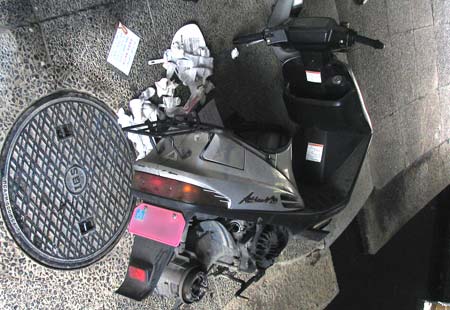
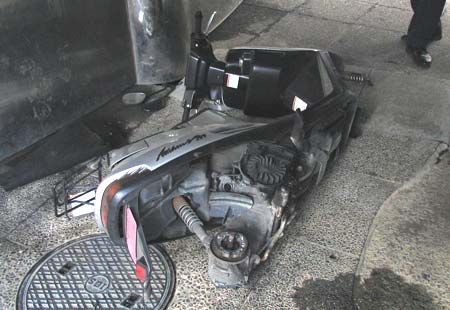
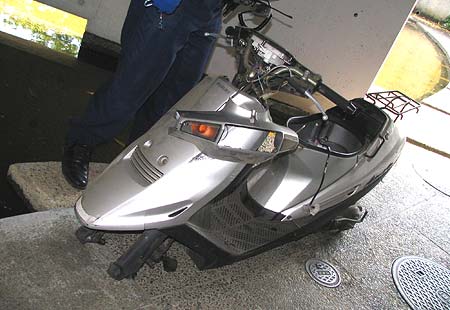
It was at the edge of an artificial pond, one which I pass every day. One edge of the pond is under an archway, relatively hidden. The bike was stripped bare–tires, wheels, engine, lamps, belts–everything. Even the seat was missing, with the contents of the helmet well left behind, scattered on the ground. Evidently the insurance papers had been tossed into the pond, which is how they’d gotten soaked.
Apparently what had happened was that some local kid had the same model scooter, and it was falling apart. Unable to afford new parts and repair from the shop, the kid stole my bike and stripped it bare. Saturday or Sunday night, he came to my apartment building and somehow spirited the bike off. That would have been no mean feat; as I mentioned, the ignition lock was rusted shut, and when I found the bike, it had not been opened. That means that the steering column was locked in a turn. Either the thief broke the steering column entirely at the parking area (directly four floors beneath my bedroom), or he and some hoodlum pals carried the bike to a truck and carted it off to the pond, where they could strip the bike unobserved.
As you can see from the photos, they did a hell of a thorough job. Fortunate for me that it was the bike I had fully intended to have taken away for parts and scrap anyway. I just prefer to do it on my terms, not some punk thief’s.
When the policeman and I found the bike, I made an effort not to touch anything. But he seemed indifferent about any investigating, and started touching parts on the ground, even asking me to pick up this or that. Afterwards, he apparently changed his mind and started printing the carcass. He found nothing but a partial shoeprint on the broken dash. It would seem that the thief or thieves had worn gloves during the disassembly. The officer allowed me to remove the license plate and take it with me. He told me that he’d see to it that the bike was junked, and kindly waived any fees for doing it. He told me that if they found anyone from the shoeprint, they’d give me a call. I don’t expect anything to come of it, but the officer seemed strangely confident.
Apparently, this kind of petty crime is not too unusual. The officer told me that it’s usually teenage kids with certain popular scooter types (which mine was) who steal other people’s bikes and strip them like this. He recalled one instance in particular where one teenage kid lost his scooter that way–and eventually discovered that one of his own friends had been the thief!
So it has been an adventurous afternoon, and I’m grateful that it was a lot less unfortunate or expensive as I had initially feared.
 Gizmodo has a piece today on a cool-looking capsule hotel. Looks aside, my own experience with capsule hotels was less than satisfying. Far less.
Gizmodo has a piece today on a cool-looking capsule hotel. Looks aside, my own experience with capsule hotels was less than satisfying. Far less.

